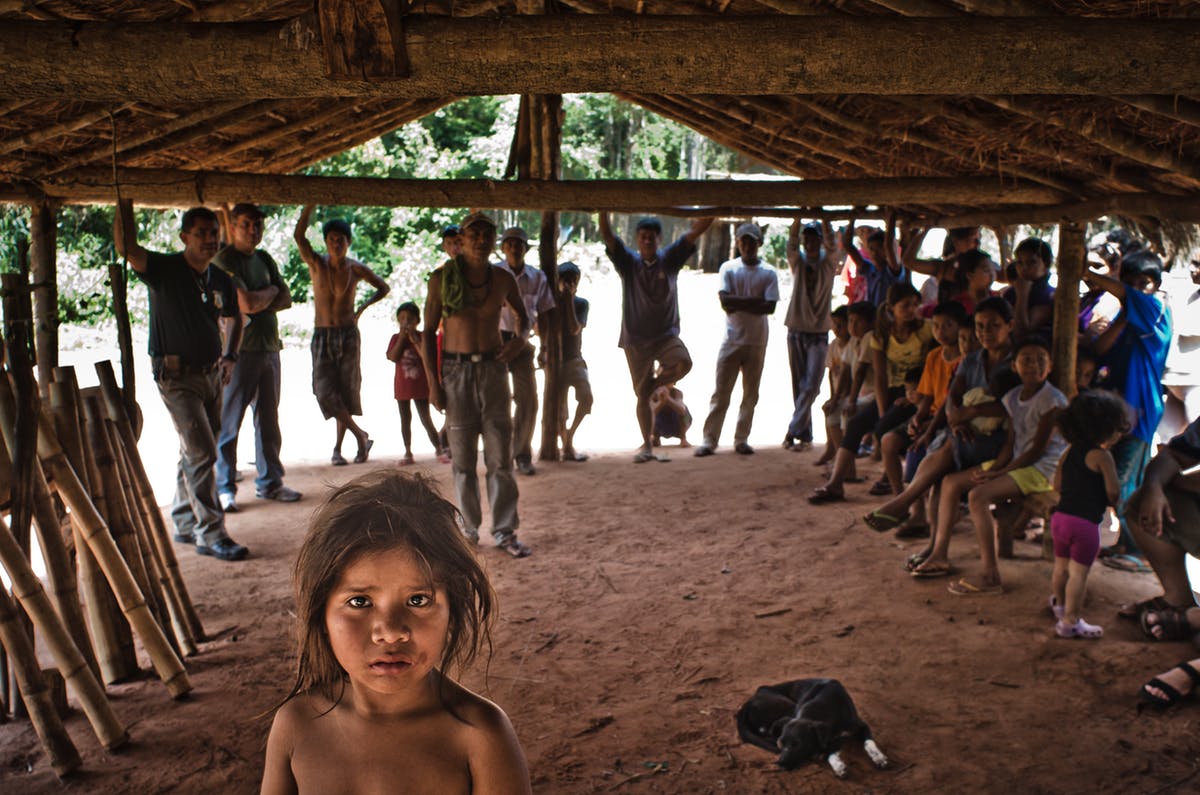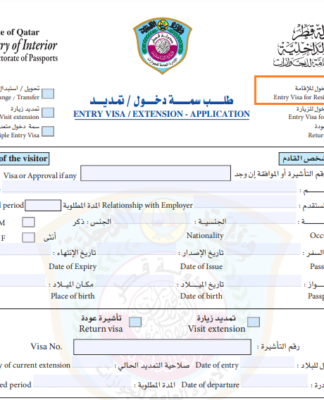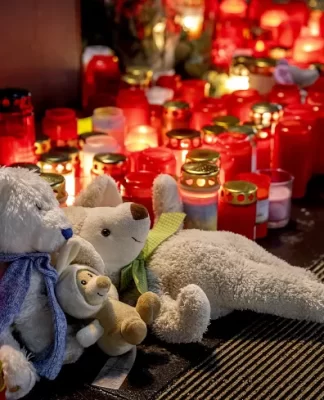Guarani Kaiowa tribe, Amazon
Indigenous Peoples and local communities are the world’s secret weapon to preserve forests and mitigate climate change, and LandMark — the first global platform to provide maps of collectively held indigenous and community lands — helps measure their impact. Today, LandMark, a collaboration between World Resources Institute (WRI) and 12 land rights organizations, released new data layers and tools that analyze the complex threats and opportunities around land rights in the fight against climate change and deforestation.
Harnessing cutting-edge geospatial technology, LandMark now provides the most up-to-date data on aboveground carbon density, soil carbon, land cover, tree cover density, major dam development projects and natural resource concessions. For the first time, anyone, anywhere can use the platform’s powerful GIS tools to easily calculate the amount of carbon stored in specific indigenous and community lands, track tree cover loss in nearby forests and identify threats, such as encroaching mining concessions or major dams under construction. LandMark allows users to overlay this data with the best available information on where Indigenous Peoples and communities reside, as well as attributes like whether the lands are legally recognized, when they were documented and more.
“Our research shows that deforestation is two to three times lower within tenure-secure indigenous lands in much of the Amazon than outside of them, and protecting these forestlands can help countries significantly reduce their carbon emissions,” said Peter Veit, director of WRI’s Land and Resource Rights Initiative. “LandMark’s new tree cover loss and carbon storage tools enable decision-makers to see these benefits within individual parcels of collectively held land. For example, we can see that the indigenous territory of Igarapé Ribeirão in Brazil lost only 739 hectares of forest (less than 2 percent of its total forest coverage) between 2001 and 2015, while the immediate surrounding area lost more than 90,000 hectares.”
LandMark also provides critical data on the status of indigenous and community lands, including those that are registered and documented with the state and those held only under customary tenure arrangements. Indigenous Peoples and local communities hold half of the world’s land, but they have legal rights to just a fraction of this land. By making these collectively held lands visible on LandMark, the platform helps Indigenous Peoples and local communities secure tenure to their lands and protect against irregular acquisitions.
Katie Reytar, a research associate with WRI’s forest program who helped develop the platform, said:
See LandMark’s new data layers at www.landmarkmap.org.







 ‘SELL AMERICA’ PANIC: World is Quickly Ditching US Assets as…
‘SELL AMERICA’ PANIC: World is Quickly Ditching US Assets as…




![Lady protest about Microsoft commiting genocide in Gaza [ Billal Al Assad]](https://welcomeqatar.com/wp-content/uploads/2025/04/1-4-324x400.jpg)













